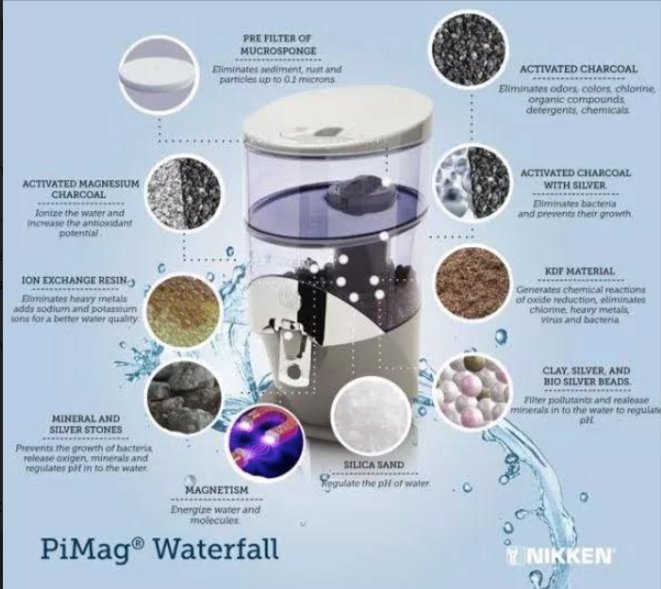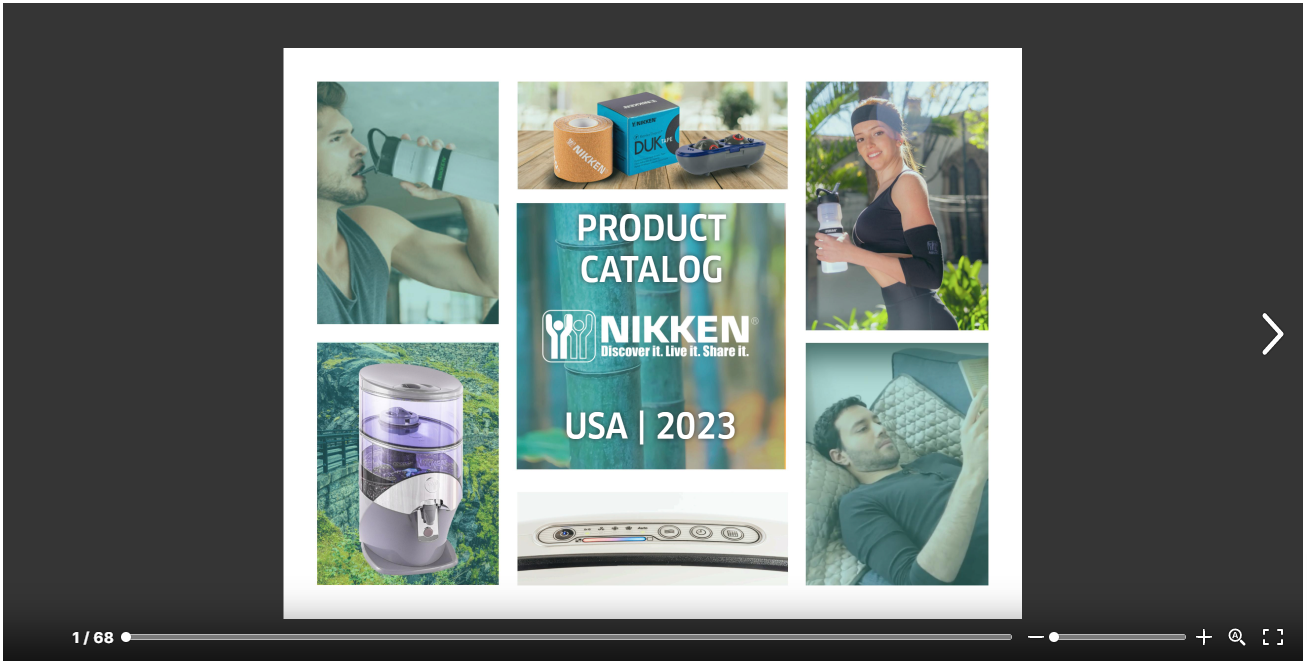Providing food is a universal act of care in every species within the animal kingdom. Humans above all show affection by preparing and serving a variety of food. Often, certain types of food are given as “treats,” thus assigning them extra value.
Here’s an example of a dialogue between parent and child:
Parent:
Finish your dinner and you can have a special treat.
Child:
What’s the special treat?
Parent:
You can have a frosted cupcake.
The problem here is that the frosted cupcake is given the status of a special treat, so the child perceives it as something highly desirable. The fact that the child has to finish dinner in order to obtain the treat implies that the dinner is something to get out of the way in order to obtain the cupcake. It may seem harmless enough, but this kind of behavior becomes entrenched in the child and carries into his or her adult life and can even perpetuate itself into the next generation. Unfortunately, high-calorie, high-fat and heavily sugared foods are the ones that are generally called treats, while nutrient-dense foods that should be valued, are not. No wonder childhood obesity has become a serious problem in North America.
Obese children are at a higher risk of having chronic health conditions, such as asthma, sleep apnea, bone and joint problems and type 2 diabetes. Onset of diabetes in children can lead to heart disease and kidney failure.1 And more obviously, children with obesity are more likely to become obese adults with numerous health challenges.
According to the American Dietetic Association (ADA), obesity threatens the health of today’s children to such an extent that they may, for the first time in U.S. history, have a shorter lifespan than their parents. This crisis has led to increasing interest in the prevention of obesity, starting with childhood. The ADA has compiled a lot of data about childhood obesity, based on ongoing studies and reports. The main areas of review are food and nutrients, eating behaviors, family interactions around food and meals and physical activity vs. sedentary behaviors.2
Since parents and caretakers are largely responsible for providing food for most young children, the “control” is in the adults’ hands. Here are some common sense guidelines:
- Be a good role model and eat healthy foods.
- Help children develop good nutritional habits by having healthy food available—lots of fresh fruit and vegetables, lean meats, poultry, fish, lentils and beans.
- “Out of sight, out of mind,” so don’t purchase beverages with extra sugar. Evidence strongly supports a correlation between obesity in children with a high intake of sweetened beverages.3 Also avoid the availability of snacks with high fat and high sodium.
- Have family meals together. Reports from the American Dietetic Association show evidence that increased frequency of family meals is associated with a higher consumption of nutritious foods and less of fried food and soft drinks.
- Encourage children to drink water throughout the day, and provide them with their individual PiMag® Sport Bottle. Children like taking ownership of something special and the PiMag® Sport Bottle will help them receive clean, filtered water. Teach them to fill the PiMag® Sport Bottle with tap water or wherever there is potable water. In doing so, your children will be learning to drink less chlorinated water and at the same time, reduce plastic waste from bottled water.
- Serve age-appropriate portions, and don’t expect children to “clean their plates” at every meal. On the other end of the spectrum, wait 15 minutes before serving seconds, so children can learn the feeling of fullness.
- Don’t watch TV during meals or snacks. Distracted eating is the opposite of mindful eating.
- Don’t use sweets as a reward. The definition of “treat” is really up to the parent, and when kids are taught to choose healthy foods from a very young age, it carries into adulthood.
Now let’s take the example dialogue mentioned above and change it up:
Parent:
Finish your dinner and you can have a special treat.
Child:
What’s the special treat?
Parent:
We’re going to go for a bike ride together before it gets dark.
It’s never too early to start living Active Wellness. Examples of good treats that are 100 calories or less are a medium-sized apple or banana, a cup of blueberries, a cup of carrots, broccoli or bell peppers accompanied by a couple of tablespoons of hummus. A
Kenzen Vital Balance®
“milk shake” is also a healthy treat, and makes a wonderful breakfast or snack for the whole on-the-go family.











